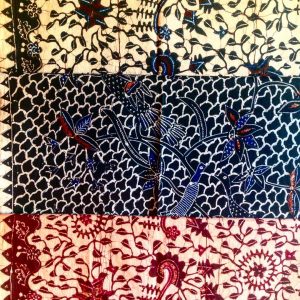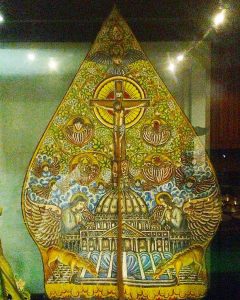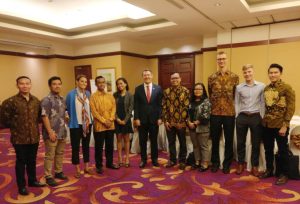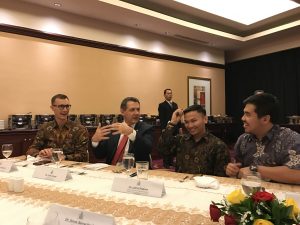Recruiting an AV volunteer for CAUSINDY 2017
Interested in working with the next generation of Australian and Indonesian leaders? We’re looking for an AV volunteer, based in Melbourne, to help us take photos and shoot video during this year’s conference.
This role requires experience with video and photography, and will involve involves working with the CAUSINDY communications team to take photos and shoot videos of this year’s conference. You’ll also be required to help out setting up things like live streaming and troubleshooting technical issues.
Download the position description for more information.
Volunteering with CAUSINDY is a great opportunity to experience the conference up close and meet our delegates and team — you’ll get to join in parts of the conference program normally closed to the general public. Working on the conference is also a great opportunity to get involved in the conference team — many past volunteers have gone on to join the organising committee.
To apply, send a copy of your resume, links to examples of previous work, if you have them, and a short email explaining why you’d be a great fit for the CAUSINDY team to volunteers@causindy.org.
Applications close on 29 September. Deadline extended to 30 September.


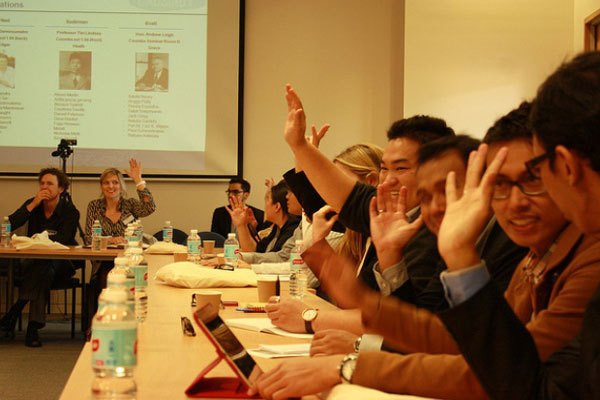
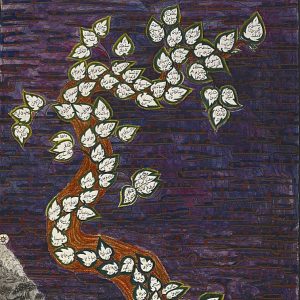
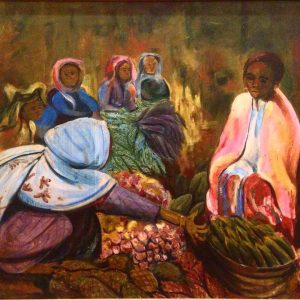 This powerful painting is by Emiria Sunassa (1895-1964) from north Sulawesi, the only female member of the influential Indonesian Painters Association founded in 1938. A sultan’s daughter of the spice-age kingdom of Tidore near Papua, she was actively involved through the 1940s, 1950s and 1960s in struggling for Papuan independence from the Netherlands. Her work focuses on experiences at the margins of the conventional nationalist story: those of eastern Indonesians and of women. Her works, like this one called Market, are full of tension and unease, dominated by dark hues and unsettled figures.
This powerful painting is by Emiria Sunassa (1895-1964) from north Sulawesi, the only female member of the influential Indonesian Painters Association founded in 1938. A sultan’s daughter of the spice-age kingdom of Tidore near Papua, she was actively involved through the 1940s, 1950s and 1960s in struggling for Papuan independence from the Netherlands. Her work focuses on experiences at the margins of the conventional nationalist story: those of eastern Indonesians and of women. Her works, like this one called Market, are full of tension and unease, dominated by dark hues and unsettled figures.